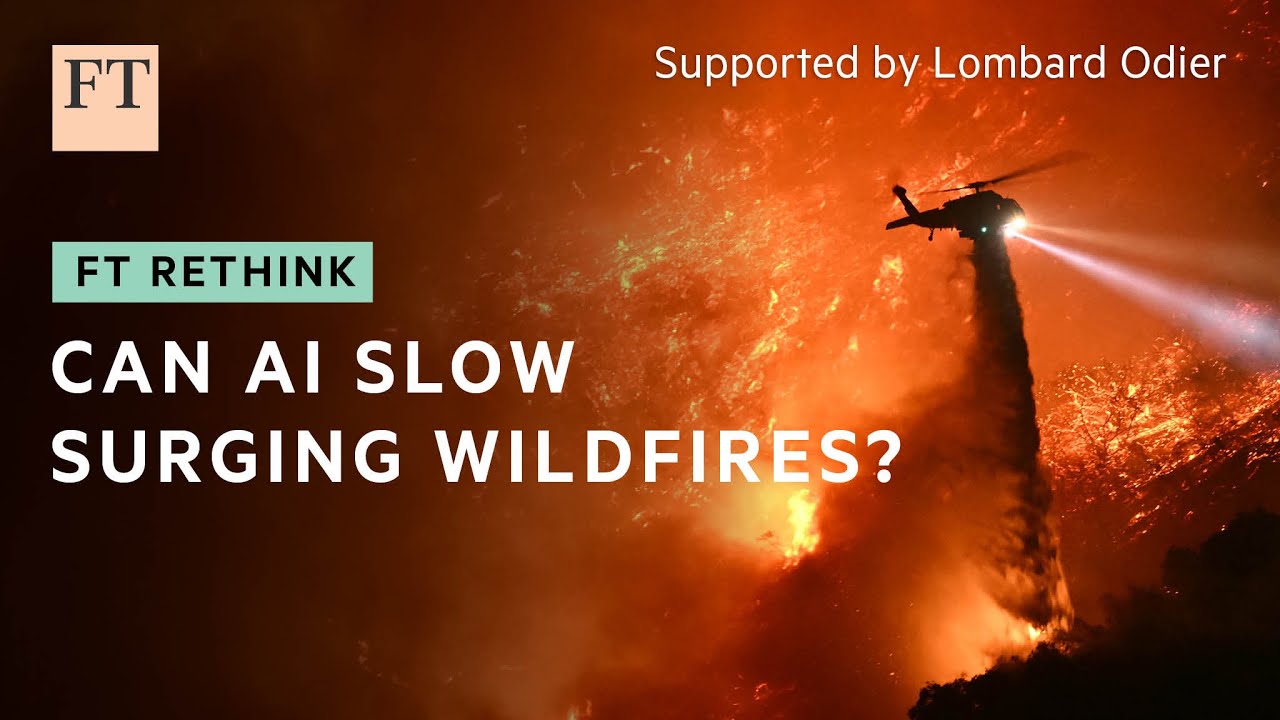The video discusses the rising severity of global wildfires and highlights AI-supported technologies, such as satellites and ground-based sensors, that improve early detection and response efforts. Despite their promise, challenges like high costs and funding imbalances remain, emphasizing the need for increased investment in prevention to effectively combat the projected rise in wildfires.
The video highlights the increasing severity of global forest fires, noting a significant rise in annual tree cover loss due to wildfires between 2001 and 2023. This alarming trend underscores the urgent need for improved firefighting strategies and technologies to mitigate the devastating impacts of these fires on ecosystems and communities worldwide.
Recent advancements in AI-supported firefighting technology offer promising solutions. One such initiative is Farsat, a nonprofit collaboration that launched the first of approximately 50 planned wildfire-detection satellites in March. These satellites form an AI-enhanced global network capable of identifying flames within a 5x5 meter area in near real-time, potentially enabling faster response times and better containment of fires before they spread extensively.
In addition to satellite technology, various regions are deploying AI-powered ground-based systems. For example, the University of California, San Diego’s Alert California program has installed over a thousand cameras and sensor arrays that analyze footage in real time. These systems can alert firefighting authorities promptly, improving early detection and response efforts. Similarly, Turkey has developed an AI and machine learning-based wildfire risk map, which has achieved an 80% accuracy rate in predicting wildfires 24 hours before they occur, demonstrating the potential of AI in proactive fire management.
Despite these technological advancements, challenges remain. The costs associated with deploying and maintaining such systems are substantial; for instance, a single camera station can cost around $50,000 annually. Moreover, funding priorities often favor response efforts over prevention, with a 2022 UN report indicating that approximately 60% of wildfire-related expenditures are directed toward firefighting rather than preventative measures. This imbalance hampers efforts to reduce the frequency and severity of wildfires in the long term.
Looking ahead, the report warns that the number of wildfires is projected to increase by about 50% by the end of the century, emphasizing the critical need for increased investment in prevention and early detection technologies. While AI-enhanced firefighting tools are not a complete solution, they represent a significant step forward in managing and potentially reducing the devastating impacts of wildfires globally.
